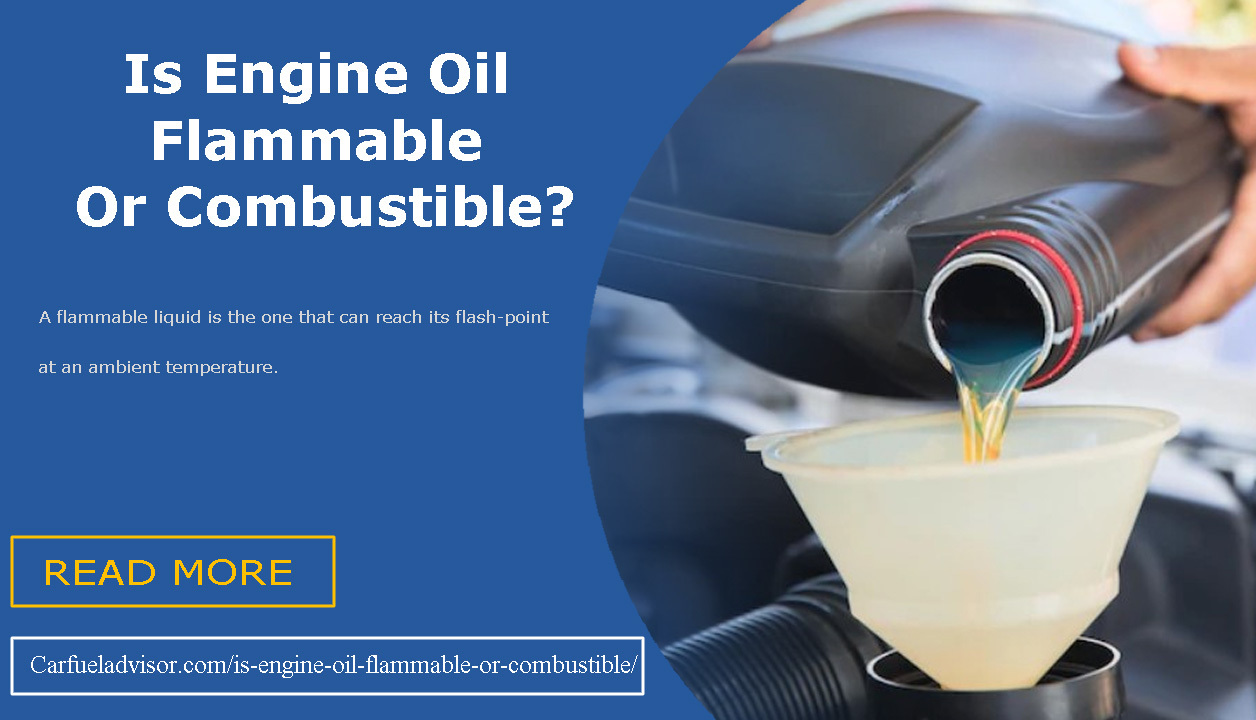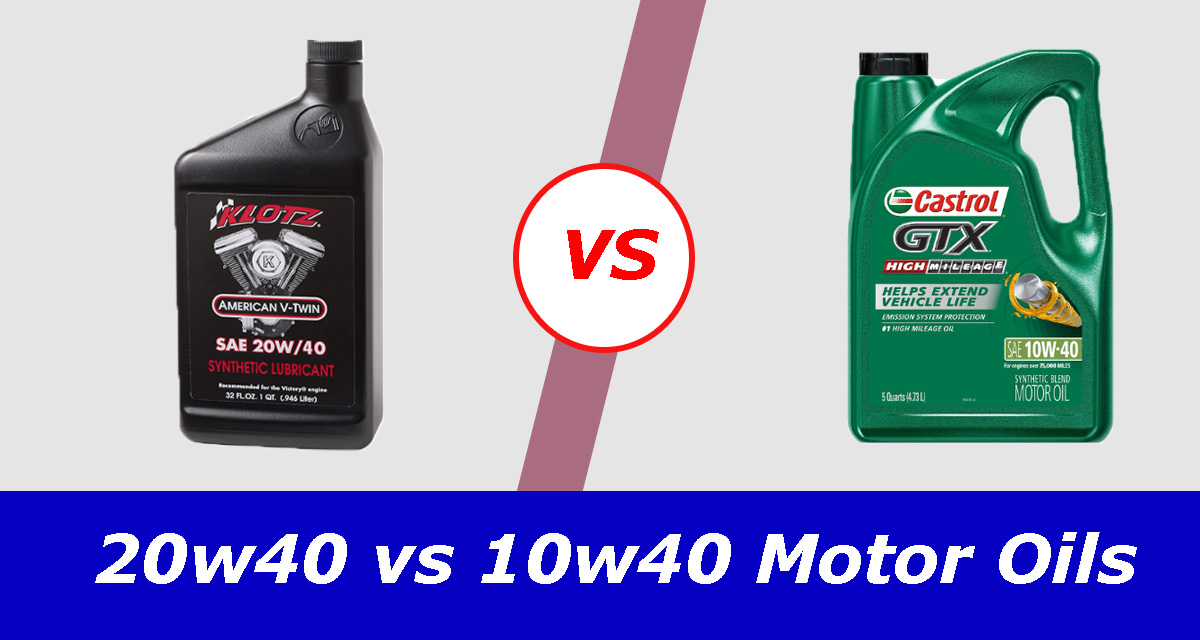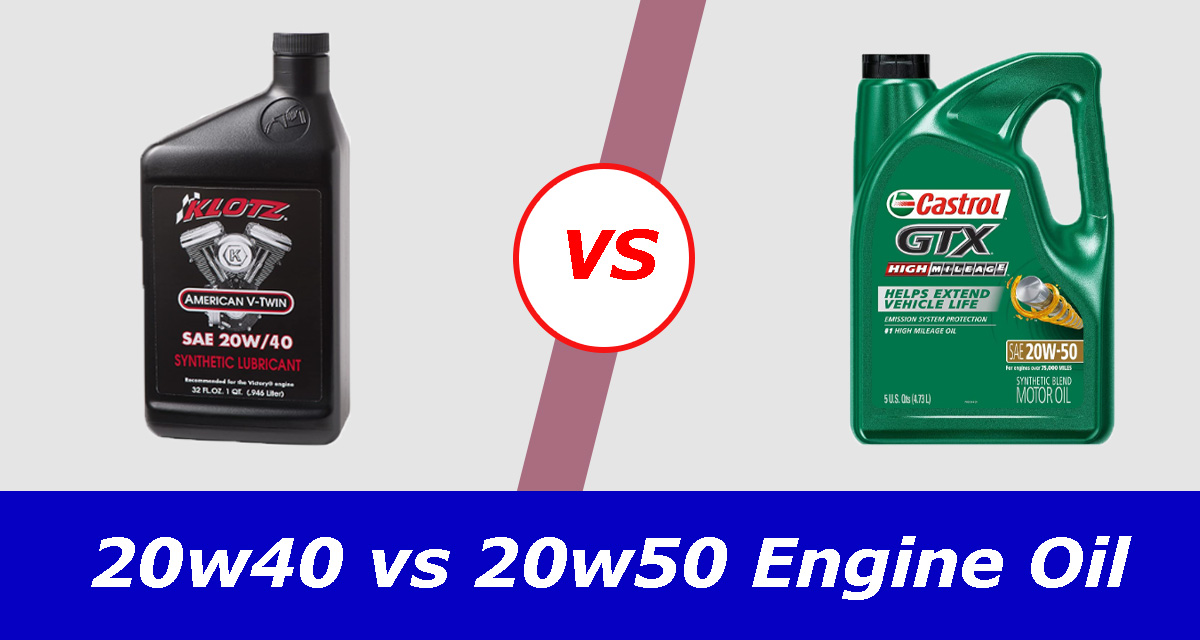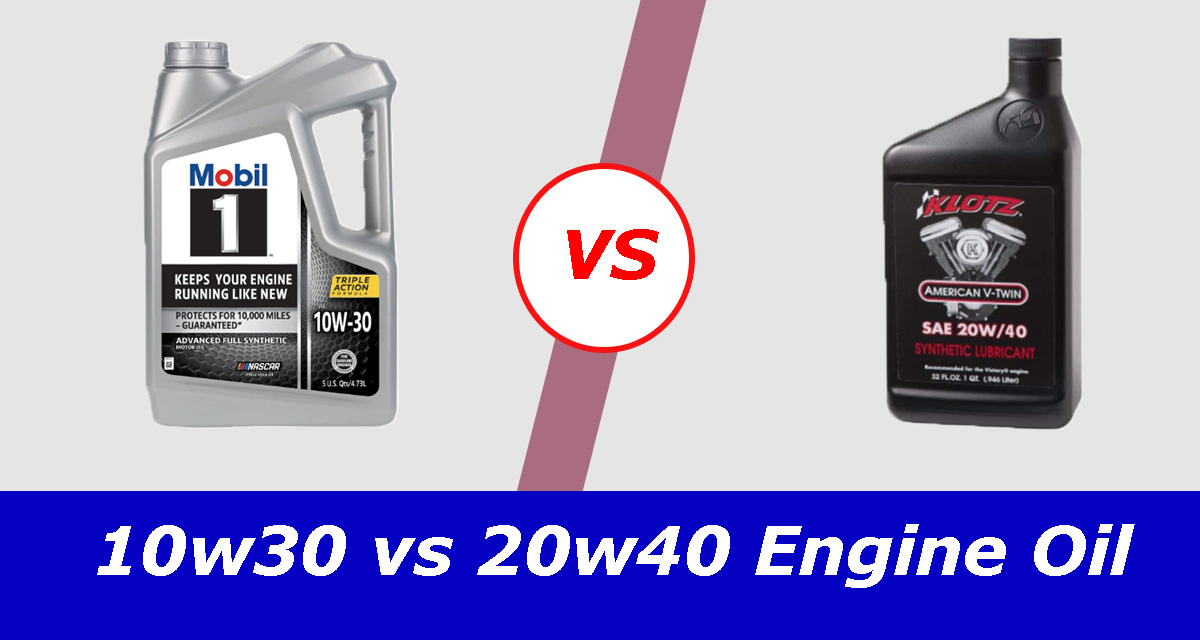While pouring engine oil into your car, have you ever wondered what might happen if someone walks past with a lit cigarette in his hand? What could happen if there is a sudden spark? Well, enough of wondering, let us inform you exactly what can happen!
Is engine oil flammable or combustible?
In order to be flammable, the flash-point of a liquid needs to be less than 100 degrees Fahrenheit. The term “flash-point” here refers to the minimum temperature in which a liquid forms a vapor above its surface, and thus becomes able to be ignited. The lower flash point a liquid has, the easier it is for the liquid to be ignited.
Now the question is, how can we tell whether a liquid is flammable or not? Well, a flammable liquid is the one that can reach its flash-point at an ambient temperature.
However, the flashpoint of engine oil is 350 degrees fahrenheit, which is much higher than the flashpoint a liquid needs to have for being flammable. It means, an engine oil cannot produce the required amount of vapor at the room temperature which may cause it to ignite.
Now, does it mean that an engine oil is not capable of catching fire? Not actually!
Even though engine oil cannot ignite at ambient conditions, it can catch fire if heated up to the flashpoint. Such liquids which burn at a higher temperature compared to the working temperature, are known as combustible liquids.
So the thing is, it is very much possible for engine oil to catch fire when it gets heated up to its flash point (350 degrees fahrenheit). If your car’s engine has a lower oil level or leaks and you store it near a heat source, there’s a high possibility that you will experience such an unwanted occurrence.
To summarize, engine oil or motor oil can catch fire only if it is heated to its flash point of 360 degrees celsius. Which means, engine oil is actually combustible rather than flammable.
Can spilled engine oil catch fire?
While gasoline and flame can turn out to be the first cause of a fire, engine oil is less responsive to burn and explosion. It’s true that there’s a lot of oils that show extreme explosive reactions when coming near a flame. However, if you drop a match into a little puddle of engine oil, the most it can do is to catch an innocent fire.
Sadly though, it will show such innocence only for a certain period of time. If you leave the match for quite a long time, the flame will keep rising. The longer you will leave it unsupervised, the more and more it will grow.
What kind of oil is flammable?
Flammable oils are liquids with flashpoints below 100°F. Having a lower flash point, they can ignite at a standard temperature.
The flammable oils have been classified into three different types according to their characteristics and potential of causing hazards. This classification is known as the “Hazard qualifications”. An overview of the classification has been presented below:
| Class | Flash-point | Boiling point | Examples |
| I-A | Below 73°F or 23°C | below 100°F or 38°C | Diethyl ether, ligroin, pentane, petroleum ether |
| I-B | below 73°F or 23°C | At or above 100°F or 38°C | Acetone, cyclohexane, benzene, ethanol |
| I-C | 73-100°F or 24-38°C | ____ | p-xylene |
Is oil flammable in water?
Oils are generally immiscible with water. Which means, these two liquids do not mix with each other.
Thereby, if you put some oil on the water it will just float on top of it. If you set fire into it afterwards, its flammability will depend totally on the oil’s flammability. If the oil is flammable, it will burn on the top of the water until it’s gone.
Is diesel oil flammable?
There are different types of diesel oil, some of them are flammable and some are combustible. To find out whether a certain diesel oil is flammable or not, you need to know its flash point.
However, in general cases diesel oils have flashpoints between 52°C to 93°C. The diesel oils that have flash points below 60°C, are known as flammable oils. On the other hand, diesel flash points above 60°C indicate that the oil is a combustible oil instead.
To find the information whether a diesel oil is flammable or combustible, you can check the safety data sheet for that particular diesel oil.
FAQ
Why is diesel less flammable than gasoline?
The flammability of a liquid depends on the flash points of that substance. The flash point is the minimum temperature to which it needs to be heated for emitting a sufficient amount of flammable vapor. The lower flash point a liquid has, the easier it is for the liquid to be ignited. The flashpoint for diesel is around 52 °C to 96 °C (126°F to 205 °F), while for gasoline it is around -36 to -45. Because of the lower temperature, gasoline is more flammable than diesel.
How to ignite diesel fuel
Diesel fuel can be ignited through compression. When the volume of the diesel fuel decreases, the temperature of gas molecules rise due to the ideal law of gas. Diesel engines follow this method to ignite diesel fuel. A piston works for compressing the cylinder air, which makes it extremely hot. Then, the diesel gets atomized in injectors, and mist is sprayed to the high temperature air. The hot air responds immediately by igniting the fuel.
What temperature does diesel ignite?
Diesel does not ignite in an ambient temperature, rather you need to heat it to a high temperature so that it can reach its flash point. The flash point of diesel varies between 52 °C to 96 °C (126 °F and 205 °F). When it is heated upto that temperature, it gains ignition.
Conclusion
As we get to conclude the overall discussion of this article, we can understand that different substances need different temperatures to gain ignition. The oils that gain ignition in an ambient temperature are known as flammable, while the ones demanding a higher temperature than the standard temperature are known as combustible oil.
The flash point of diesel varies between 52 °C to 96 °C (126 °F and 205 °F), which means it needs a higher temperature than the standard temperature in order to get ignited. This is why diesel is known as a combustible oil rather than a flammable oil.




